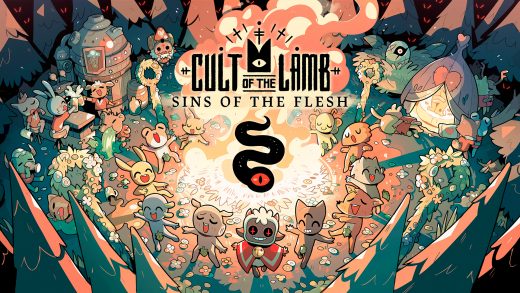:format(webp)/https://www.thestar.com/content/dam/thestar/entertainment/books/2022/11/25/graphic-novel-five-stalks-of-grain-conveys-the-trauma-of-the-holodomor-with-power-and-humanity/holodomor_news_pic.jpg)
Have you heard the Ukrainian word “Holodomor”? It has its root in a phrase meaning “to kill by starvation” and it carries a capital H for a reason: the Holodomor is one of history’s darkest events.
Also called the Terror Famine, from 1932 to ’33 it caused the deaths of millions of Ukrainians as Josef Stalin’s regime forced a massive reorganization of agriculture into collective farms; people starved across Ukraine while grain from their country went to Russia and the West. And it’s a story that Ukrainians tell, both there, under the cloud of modern tragedies, and here in Canada, where more than a million people express their ethnic origins as Ukrainian.
If you’re just hearing of the Holodomor for the first time, you should know that Canada is among 16 countries that have recognized it as a genocide against the Ukrainian people. Most tragically, while it takes its place among history’s most shocking atrocities, it remains under-reported. In this affecting new book, however, writer Adrian Lysenko and artist Ivanka Theodosia Galadza are doing their part in setting that right.
In “Five Stalks of Grain,” we have a fictional story of two children experiencing the historical events of the Holodomor. With their home rendered hostile by Stalin’s policies and their family destroyed by his brutality, young Nadia and Taras make a desperate journey across the countryside, in the wretched conditions of a Ukrainian winter, in search of refuge. On the way, the most serious danger comes from the equally desperate, but far less innocent, people they encounter.
It’s a harrowing narrative and each step seems to uncover more trauma of the Holodomor, from scenes of mass graves to dramatized political denunciations. Nadia, for example, carries a memento of their father — but it’s a pin from the Young Pioneers, the Communist state’s youth group. The tragedy of linking family love and party loyalty is inescapable; and it works for and against the siblings as they are tossed from crisis to horror and back.
The artistic choices on this book are worthy of mention, too. Galadza, a promising artist from Ottawa, has a woodcut-adjacent style that hoodwinks the reader into thinking it’s simple; but after a few pages it becomes clear there’s something else happening here, with a subtlety in the faces that holds the eye.
Some of the layouts seem unusual choices, with more or fewer panels than most creative teams might allow, until it becomes clear the real reward here is in the emotional nuance. In this way, a page with a single, carefully depicted face and 15 words takes longer to regard properly than one with five or six panels of dialogue and action. This is raw talent showing through in the visual storytelling and it’s powerful.
The story is powerful, too, of course, and writer Lysenko, who lives near Thunder Bay, takes a restrained approach, relying almost entirely on quotations in caption boxes and the characters’ speech-bubble dialogue. This humanizes the content and guards against preachiness neatly.
And, while having children in peril may seem an obvious approach for a piece of historical fiction, it has to be appropriate for a snapshot of an outrage that caused at least 3.5 million deaths. The heart-rending stupidity of it all, and the cruelty of some humans and heroism of others, all build into one of those high-speed page-turners among graphic novels that are compelling without delivering the slightest hint of entertainment.
Our collective history is bundled up in the stories we tell together. This strikes me as I write, three hours after watching the Marvel superhero movie “Wakanda Forever” with my young son, and noting it was normalizing the depiction of non-white protagonists and antagonists in a way my generation would never have experienced. In telling a made-up story, it shows its real value in background truths.
“Five Stalks of Grain” does this, too. It’s fictionalized but has a compelling narrative that introduces the Holodomor into every mind it encounters and leaves it there, unwelcome but necessary.
This book’s release comes ahead of World Holodomor Memorial Day on Nov. 26, this year marking 90 years. And now more of us know the word “Holodomor” and what it really means.
JOIN THE CONVERSATION
:format(webp)/https://www.thestar.com/content/dam/thestar/entertainment/books/2022/11/25/graphic-novel-five-stalks-of-grain-conveys-the-trauma-of-the-holodomor-with-power-and-humanity/five_stalks_of_grain_credit_university_of_calgary_press_1_.jpg)
:format(webp)/https://www.thestar.com/content/dam/thestar/entertainment/books/2022/11/25/graphic-novel-five-stalks-of-grain-conveys-the-trauma-of-the-holodomor-with-power-and-humanity/five_stalks_of_grain_final_web_page_074.jpg)


